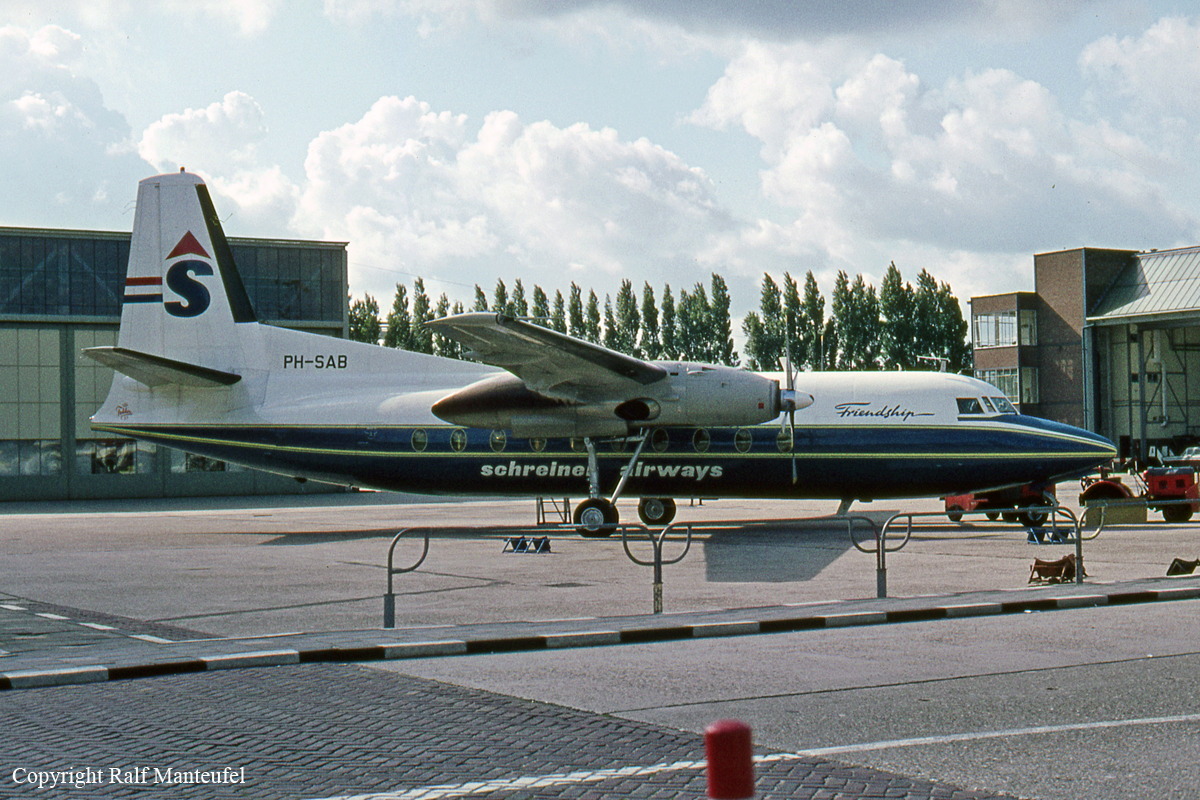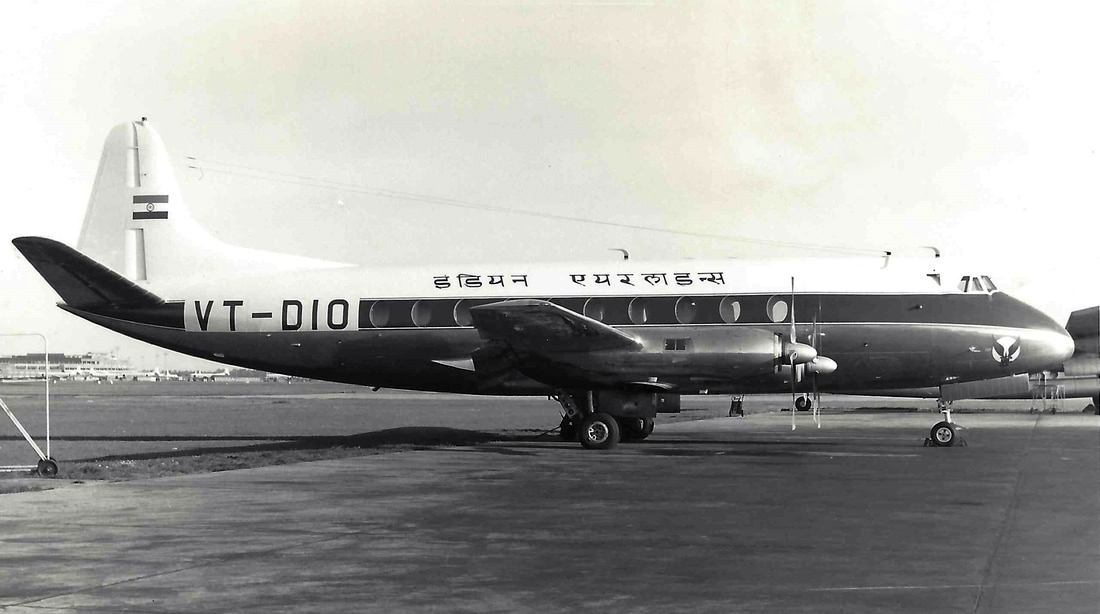Crash of a Fokker F27 Friendship 200 in Agartala
Date & Time:
Jun 7, 1970 at 1839 LT
Registration:
VT-DVG
Survivors:
Yes
MSN:
10309
YOM:
1966
Crew on board:
4
Crew fatalities:
Pax on board:
35
Pax fatalities:
Other fatalities:
Total fatalities:
0
Aircraft flight hours:
7273
Aircraft flight cycles:
6429
Circumstances:
Following a wrong approach configuration, the aircraft landed at a too high speed and too far down the runway, some 2,775 feet past the runway threshold. After touchdown, the airplane was unable to stop within the remaining distance, overran, lost its undercarriage and came to rest. All 39 occupants were evacuated safely while the aircraft was damaged beyond repair.
Probable cause:
Wrong approach configuration on part of the flying crew who continued the approach at a too high speed and landed too far down the runway, reducing the landing distance available.




